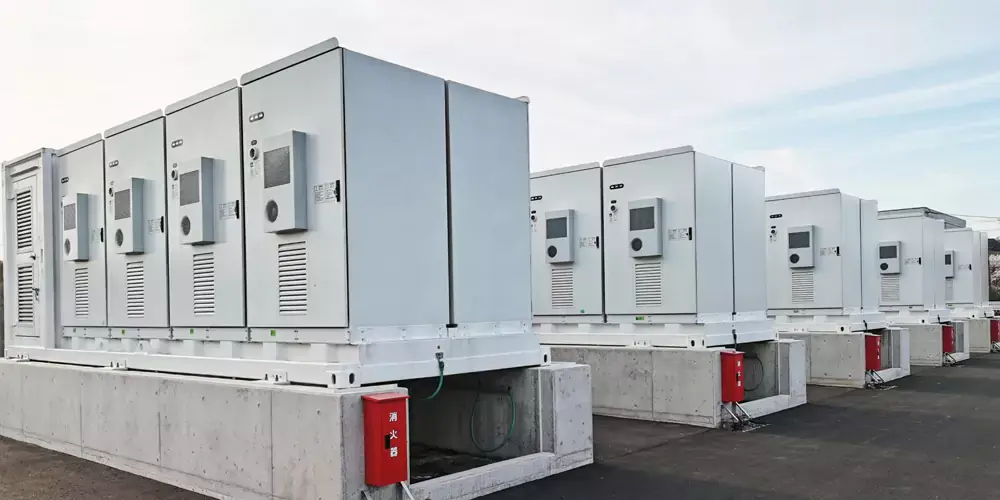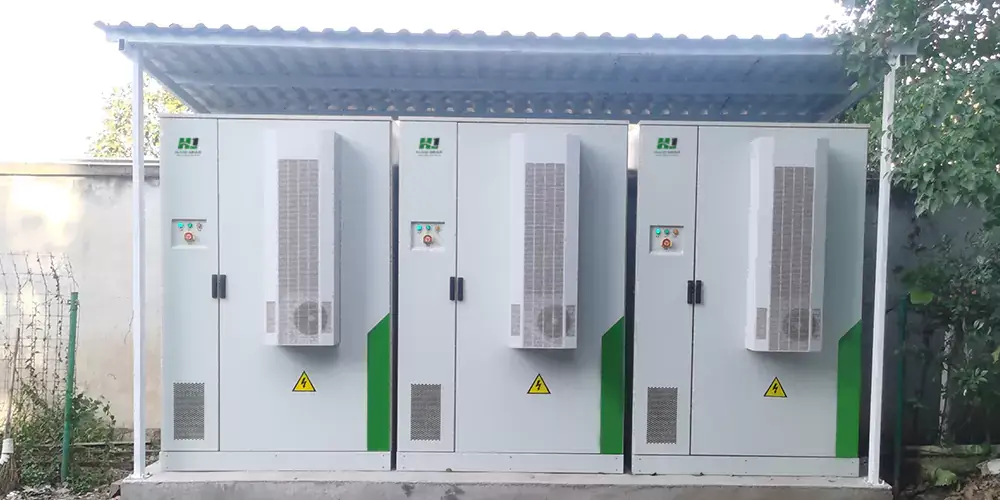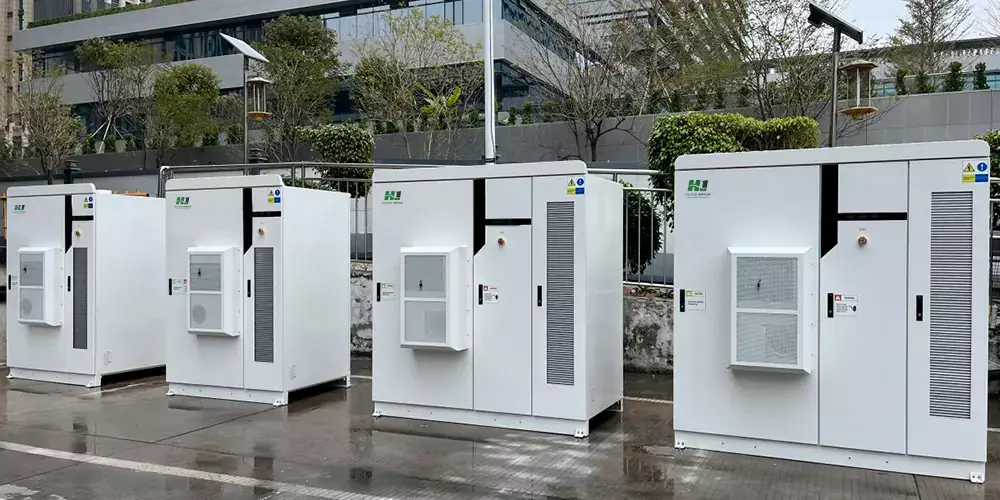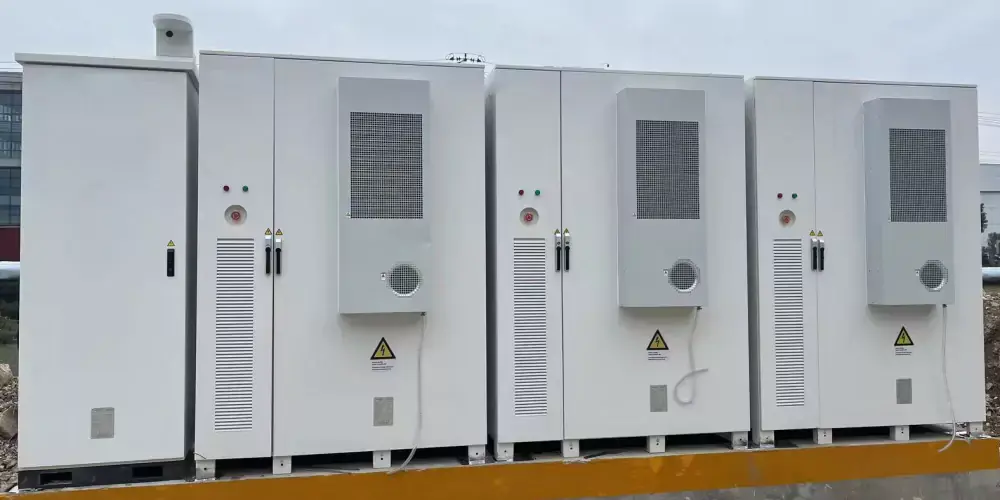Exploring Intelligent Management of Green Energy: Sustainable Practices in Microgrids
We are entering a new era of energy management with the advancement of microgrid technology, especially when integrated with distributed energy, energy storage, solar panels, wind turbines, and combined heat and power systems. Microgrids, through intelligent management, optimize energy generation, distribution, and usage, enhancing efficiency and reducing waste.
A microgrid is like a small power island that can work independently to provide power to a specific area. Imagine, for example, a university campus or several blocks, which can generate electricity with their own solar panels, wind turbines or other power generation methods. This electricity can not only be used to light up lights and start computers, but also stored and used when needed. Moreover, the microgrid can be connected to the surrounding buildings and control the flow of electricity through some smart software to ensure that every place can get enough electricity. In this way, even if there is a problem with the large power grid outside, this small grid can still support itself for a period of time to ensure that key places will not lose power.
Microgrids can maintain operation during central grid failures through islanding, ensuring the continuity of essential services. Battery storage systems provide energy during peak demand or store energy when prices are low, optimizing real-time electricity prices.
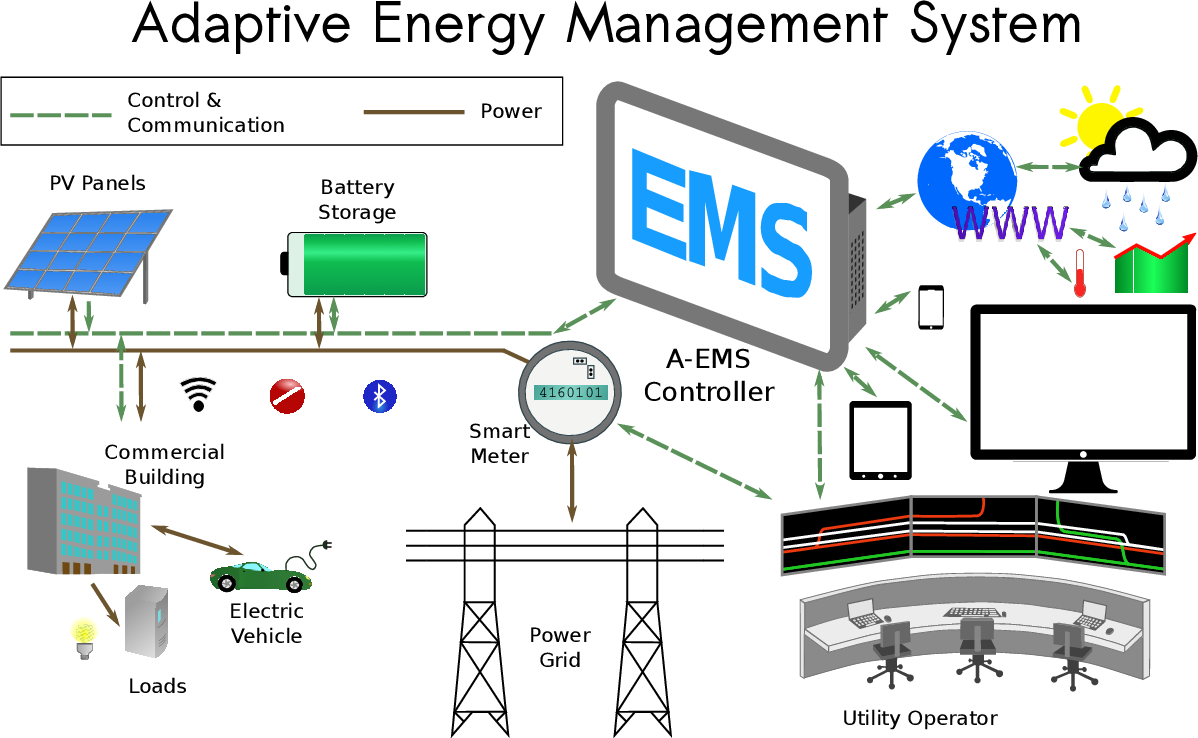
Integration with electric vehicle charging stations supports sustainable energy ecosystems, reduces transportation emissions, and allows vehicle-to-grid (V2G) technology to use EV batteries as energy storage for the grid.The concept of local energy emphasizes localized production and consumption, reducing transmission losses and improving system resilience and efficiency through optimized transmission and distribution lines.
Microgrid controllers play a crucial role in autonomous energy management and optimization, using advanced algorithms and data analysis. Microgrids’ symbiotic relationship with the central grid allows them to disconnect and operate independently or return excess energy to the grid when conditions permit.
As technology advances, microgrid energy management is becoming increasingly intelligent and automated. Integrating distributed energy resources helps microgrids handle emergencies like cyberattacks and severe storms, ensuring stable and secure energy supply.
The growth in global microgrid capacity highlights the significant potential in this field. With a growing emphasis on renewable energy and efficiency, microgrids will play a key role in global energy transformation and sustainable development, improving efficiency, saving costs, and addressing climate change.
Contact us
- Email:[email protected]
- Tel: +86 13651638099
- Address: 333 Fengcun Road, Fengxian District, Shanghai
Get A Quote Now!


